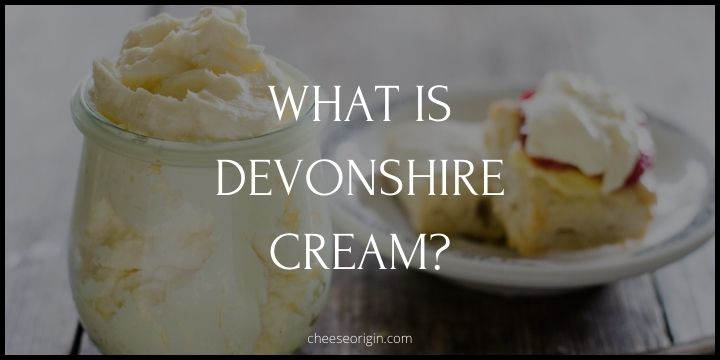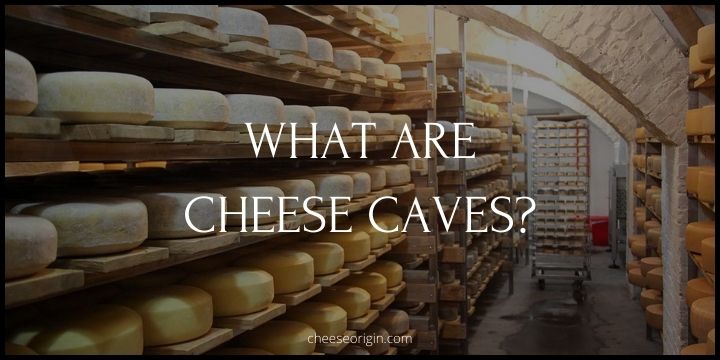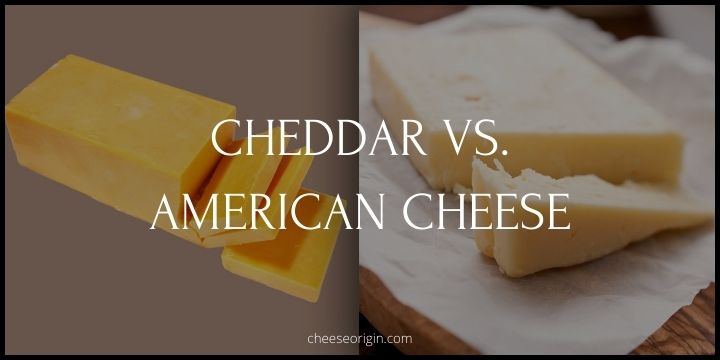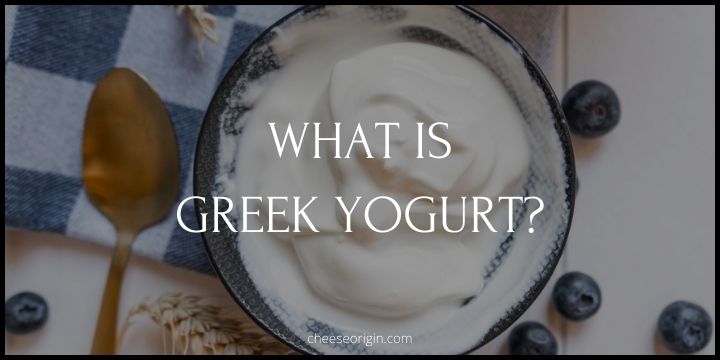Why is Milk White? (SIMPLIFIED)
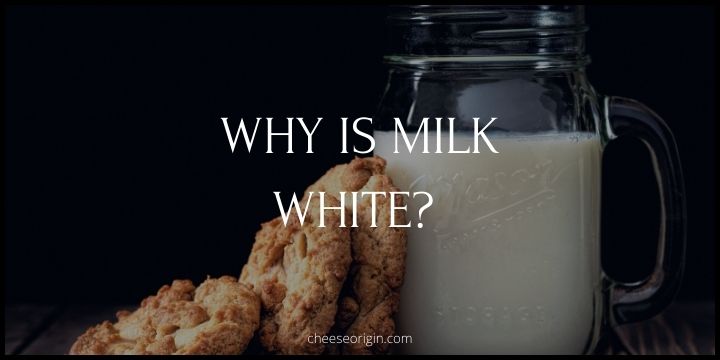
Milk is around 90% water with trace amounts of lipids, carbohydrates (lactose), proteins (caseins), minerals, and vitamins. These materials are not dissolved but instead remain suspended in the form of tiny particles invisible to the eye.
Milk is naturally white because the caseins (proteins) found in milk cluster together with phosphate and calcium to form tiny particles called micelles.
Scientifically speaking, particles either reflect, refract, or deflect light but since the particles in milk (micelles) do not absorb light, they refract and scatter resulting in milk appearing white.
Also read: 4 Common Types of Animal’s Milk Used to Make Cheese
The Composition of Raw Milk
As soon as the milk leaves the udder, it contains:
| Water | 87% |
| Lactose (sugar) | 5% |
| Fat (lipids) | 4% |
| Proteins | 3% |
| Mineral salts and Vitamins | 1% |
To put it bluntly, when you buy cheese, you are mainly buying water. The longer the affinage or aging, the lower the water content.
Fun Fact:
To produce 1 liter of raw milk, the udder of the cow must filter 400 liters of blood.
Also read: Why is Butter Yellow? (SIMPLIFIED)
Why Whole, Skim, and Low Fat Milk Do Not Have the Same Color
The color difference between whole, skim, and low-fat milk is primarily due to their fat content and a phenomenon known as the Tyndall effect.
1. Whole Milk:
This is the closest to its natural state as it comes from the cow and contains about 3.5% fat. The presence of more fat gives whole milk its rich, creamy white color.
2. Skim Milk:
Also known as non-fat milk, skim milk has had almost all of its fat content removed. This reduction in fat changes the way light interacts with the milk, causing a phenomenon known as the Tyndall effect. This effect can give skim milk a slightly bluish tint.
3. Low-Fat Milk:
This is milk from which some fat has been removed, creating a product with intermediate fat content (usually 1-2%). Low-fat milk’s color is between the creaminess of whole milk and the slight bluish tint of skim milk.
The Tyndall effect mentioned above occurs when light scatters upon hitting small particles suspended in a medium. In the case of milk, these particles include proteins and tiny fat globules. When the fat is removed from milk, the light scattering changes, which can give the milk a bluish appearance.
Why Milk Color Also Depends on the Diet of the Animal
The color of milk can indeed be influenced by the diet of the animal producing it. Here’s why:
1. Carotenoids:
These are naturally occurring pigments found in many plants. When cows consume grass or hay that’s rich in carotenoids, these compounds can end up in the milk, giving it a yellowish color. This is particularly noticeable in cow’s milk, as unlike sheep and goats, cows don’t metabolize β-carotene, which results in its accumulation in the milk.
2. Grass-fed vs. Grain-fed:
The diet of grass-fed cows tends to result in milk with a slightly yellow color due to the higher β-carotene content in grass. Meanwhile, the milk from grain-fed cows often appears whiter because grains contain less β-carotene.
3. Seasonal Variations:
The color of milk can also change with the seasons, reflecting changes in the animal’s diet throughout the year. For example, when cows graze on fresh pasture in the spring and summer, their milk tends to be more yellow due to the high carotenoid content of the grass. In contrast, winter diets often consist of dried fodder, which results in whiter milk.
4. Breed and Genetics:
Some breeds of cows produce milk with more carotenoids than others, which can influence the color of the milk. Similarly, genetics can influence how much of these compounds end up in the milk.
Why Goat’s Cheese is Whiter than Cow’s Milk Cheese
The primary reason why goat’s cheese is whiter than cow’s milk cheese lies in the animals’ different metabolic processes.
Goats convert the β-carotene from their diet into Vitamin A more efficiently than cows do. β-carotene is a pigment that gives certain foods (like carrots) their orange color. In cows, some of this β-carotene ends up in their milk, giving it a slight yellow or cream color, which is then reflected in the cheese made from the milk.
Since goats metabolize β-carotene into colorless Vitamin A, their milk doesn’t have the same yellowish hue as cow’s milk. This results in a much whiter cheese.
Additionally, goat milk lacks β-carotene, which is the deeply pigmented agent that lends rich golden tones to most cheese, particularly those made from cow’s milk.
Articles You Might Be Interested:
